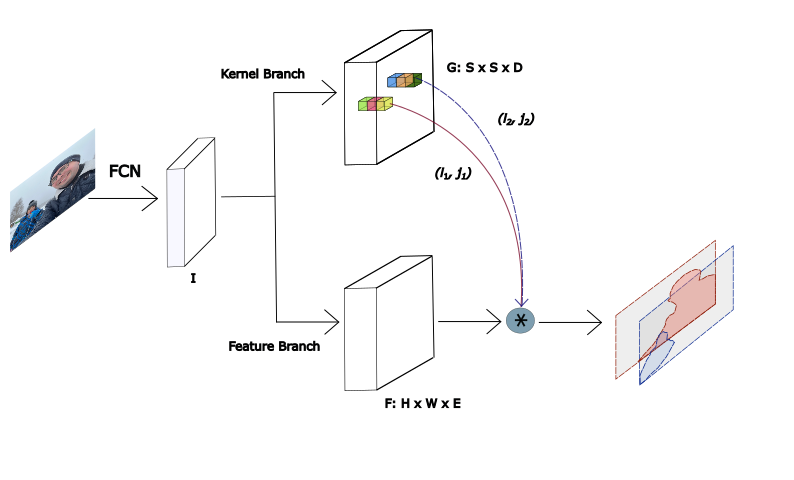Molecules are fascinating structures that form the basis of all matter around us. They are not just the cornerstone of chemistry; they play crucial roles in biology, physics, and materials science. Understanding molecules and their interactions can unlock secrets about the universe, from the simplest forms of life to complex chemical reactions. In this article, we will explore the nature of molecules, their formation, types, and the critical concepts that underpin their existence.
What are molecules?
Molecules are formed when two or more atoms bond together, creating the smallest units of a substance that retain its chemical properties. Understanding how these atoms interact is essential for grasping the diverse array of molecules in existence.
Understanding atoms and their role in molecules
To comprehend molecules, one must first understand atoms, the fundamental building blocks of matter. Each atom consists of a nucleus surrounded by electrons, which determine its chemical behavior.
Structure of an atom
- Nucleus: Contains protons and neutrons.
- Electrons: Orbit around the nucleus in designated shells.
Valence electrons
Valence electrons play a critical role in bond formation. These electrons are involved in interactions between atoms, allowing for the creation of covalent bonds that lead to stable molecular structures.
Types of molecules
Molecules can be classified based on their atomic composition. This classification aids in understanding their behavior in chemical reactions and their physical properties.
Diatomic molecules
Diatomic molecules consist of two atoms bonded together. Examples include common gases like oxygen (O2) and carbon monoxide (CO). They can be further divided into:
- Homonuclear: Molecules composed of two identical atoms (e.g., O2).
- Heteronuclear: Molecules composed of two different atoms (e.g., CO).
Polyatomic molecules
Polyatomic molecules contain three or more atoms. Water (H2O) and carbon dioxide (CO2) are classic examples. Beyond simple compounds, polymers represent larger and more complex molecular structures, consisting of repeated subunits.
Molecular structures: configuration and properties
The arrangement of atoms within a molecule directly affects its properties. For instance, water’s bent molecular structure contributes to its unique solvent capabilities, influencing numerous biological and chemical processes.
Molecular weight and Avogadro’s number
A thorough understanding of molecular weight and quantification is essential for chemists and researchers.
Calculating molecular weight
Molecular weight is calculated by summing the weights of all constituent atoms. This value is critical for stoichiometric calculations in various chemical reactions.
Avogadro’s number
Avogadro’s number (6.022 x 10^23) connects the microscopic world of molecules to the macroscopic world, allowing scientists to quantify amounts of substances effectively in laboratory settings.
Beyond traditional molecules
Not all compounds fit neatly into the conventional definition of a molecule. A range of nonmolecular structures exists, showcasing the diversity of chemical forms.
Nonmolecular compounds
Nonmolecular compounds include substances like crystals and minerals that do not consist of discrete molecules. These structures arrange in a repeating lattice, resulting in unique physical properties.
Noble gases and their unique properties
Noble gases exist in a monatomic form and do not readily bond with other elements. Their complete valence electron shells grant them stability, setting them apart from other molecular and atomic structures.
Ionic and metallic structures
Ionic compounds, such as sodium chloride (NaCl), involve the transfer of electrons and the formation of charged ions. Metallic compounds exhibit a unique bonding structure where electrons are delocalized, contributing to properties like conductivity and malleability.
Current and emerging research in molecular science
Molecular science is at the forefront of various innovations, influencing multiple fields and technologies.
Innovations in molecular memory storage
Molecules are increasingly employed in developing advanced memory storage technologies, leveraging their unique properties for efficient data retention.
DNA data storage
Research into molecular applications extends to biological systems, where DNA is explored as a potential medium for high-density data storage, capitalizing on its complex structural properties.
Stochastic processes related to molecules
Stochastic point processes offer insights into molecular behavior and interactions, allowing researchers to model and predict molecular dynamics more effectively.
Technological innovations
The interplay of molecular research with significant global challenges, such as the COVID-19 pandemic, has led to accelerated advancements in healthcare technology and therapeutic developments.

